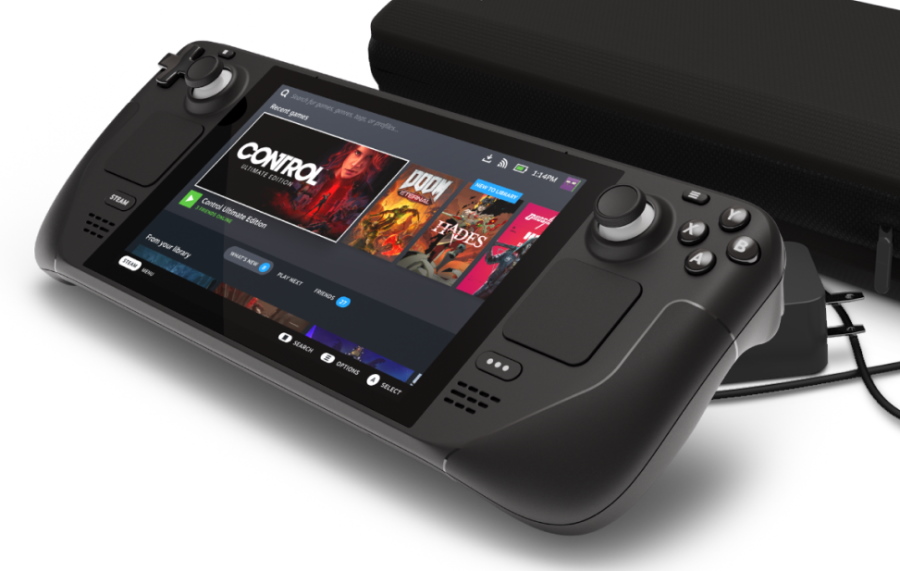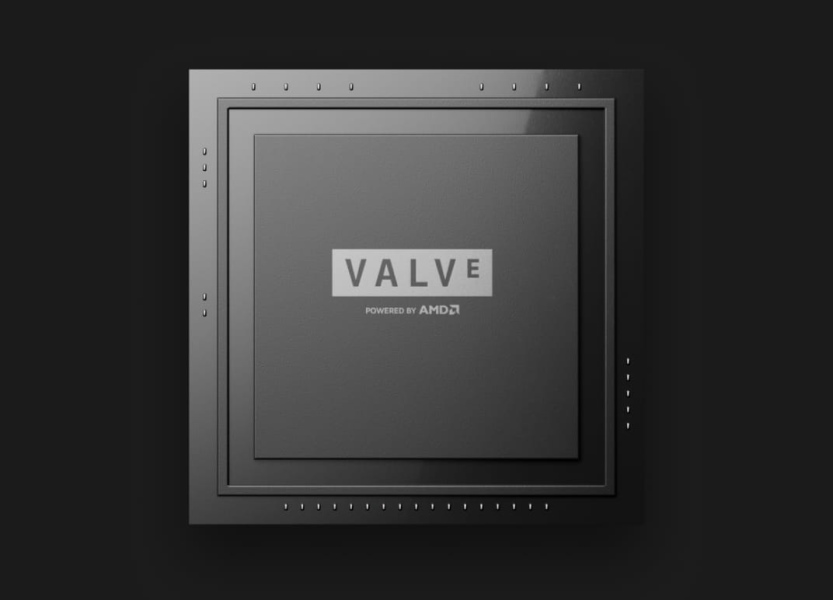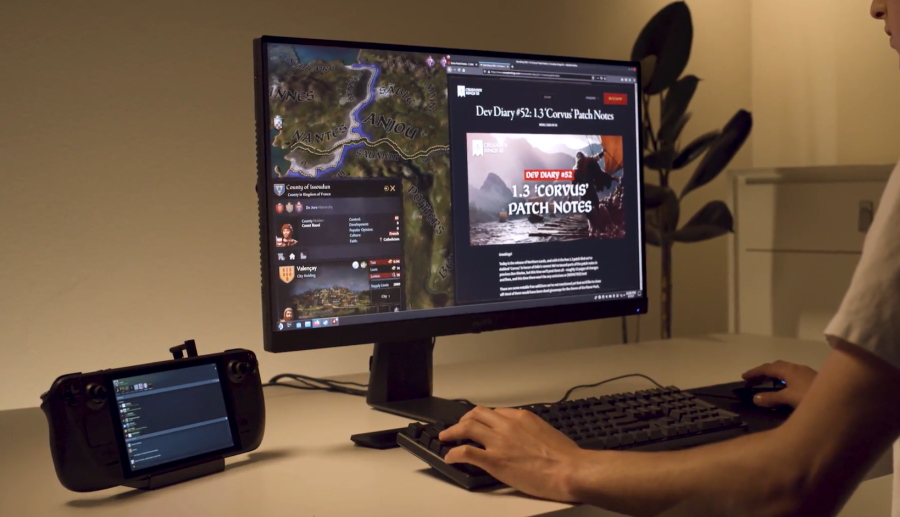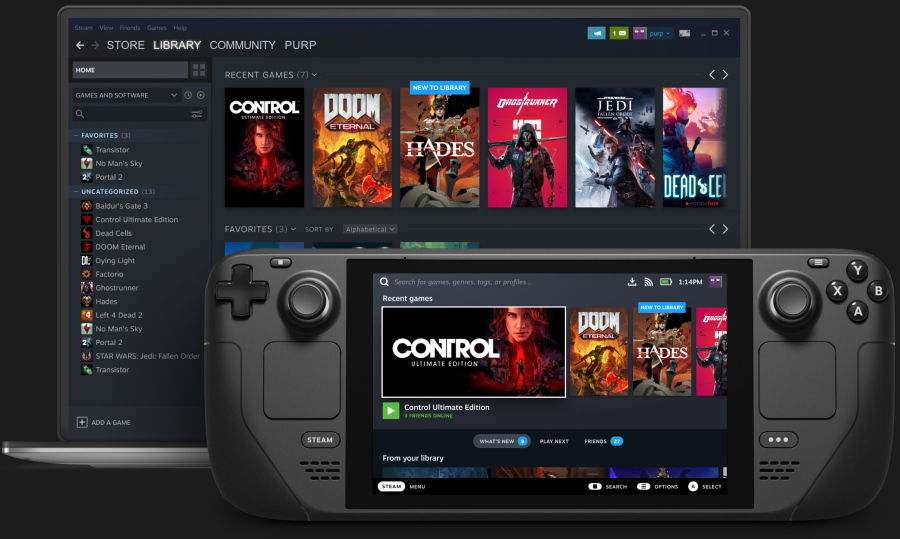Valve has unveiled an all-in-one handheld gaming PC called Steam Deck. There have been rumours about it but in general, the company has relatively been able to keep its new machine largely under wrap.
With a form factor that seemed to mirror Nintendo Switch, the Steam Deck comes with a 7-inch 16:10 touch display that has a native resolution of 1280 x 800, 60Hz refresh rate, and maximum brightness level of 400 nits. It is powered by a custom APU from AMD that features a Zen 2-based CPU with 4-cores and 8-threads together with an RDNA 2 GPU that has 8 compute units.
Comes standard with 16GB LPDDR5 RAM, there are three storage options including 64GB eMMC as well as 256GB and 512GB NVMe solid state drive. Valve noted that all three variants are also equipped with a microSD card slot.
In terms of the controller, staple items such as the d-pad, two analogue sticks with capacitive touch capability, four action buttons, two analogue triggers, and two bumper buttons are there on Steam Deck. Valve has also equipped four customisable buttons that it called “grip buttons” on the lower back part of the handheld machine.
In addition to that, Steam Deck also features a pair of square-shaped pressure-sensitive trackpads that not only has haptic feedback but also has 55% better latency than the trackpad on Steam Controller according to Valve. There is also a built-in 6-axis inertial measurement unit inside the machine which means that it should be able to detect movements and orientations.
Pre-installed with SteamOS 3.0 together with KDE Plasma as its desktop UI, the Steam Deck comes with a 40Whr battery that is able to provide between two to eight hours of gaming time. It will also be accompanied by a 45W USB-C PD3.0 power brick but Valve didn’t say how long it would take to fully charge the handheld machine.
You may notice that we mentioned “desktop UI” and that’s indeed true: users can actually utilise the Steam Deck as a Linux-based PC. As for the Steam experience itself, Valve noted that all the features that users are familiar with such as Store, Steam Chat, Remote Play, Community, cloud saves, and pop-up notifications are there inside Steam Deck as well.
The general idea behind Steam Deck is that it would allow gamers to access their Steam Library anytime and anywhere. Well, that is as long as there’s Wi-Fi connectivity since the Steam Deck does not come with built-in support for cellular network.
Valve is also currently working on an official dock for the Steam Deck that will feature DisplayPort 1.4, HDMI 2.0, Ethernet, and additional USB ports. However, the company has also said that its portable gaming machine can be used with virtually any USB-C hub.
In terms of pricing, the base 64GB model of Steam Deck is listed at USD$399 (~RM1,676) while the 256GB and 512GB options costs USD$529 (~RM2,222) and USD$649 (~RM2727), respectively. All three variants will be accompanied by a carrying case but the version provided to the 512GB will be an “exclusive” unit says Valve.
An exclusive Steam Community profile bundle will also be provided to gamers that choose the higher-end 256GB and 512GB variants. Furthermore, there is also an anti-glare etched glass on the 512GB model together with an exclusive virtual keyboard theme.
In terms of market rollout, the new Steam Deck will be heading to the U.S, Canada, U.K and Europe this December. Not surprisingly, there is no release date for Steam Deck in Malaysia at the moment although Valve promised to release it in more regions in 2022.
(Source: Valve’s Steam Deck.)
Follow us on Instagram, Facebook, Twitter or Telegram for more updates and breaking news.







